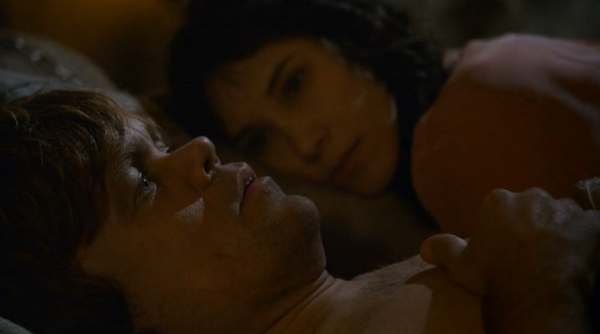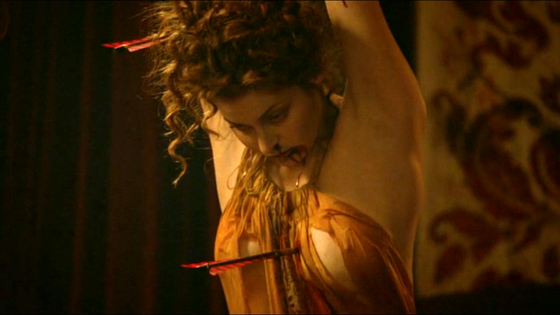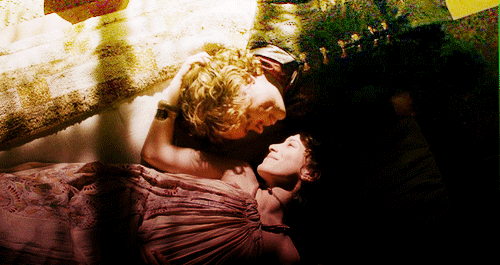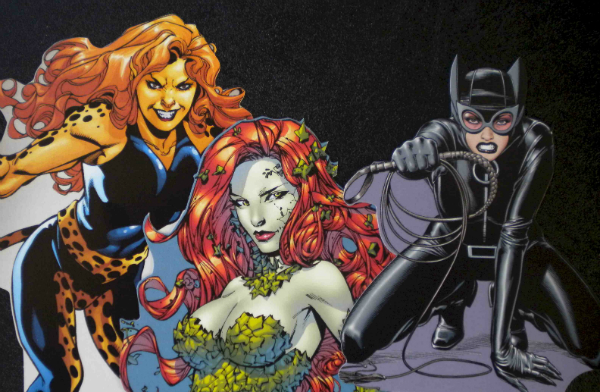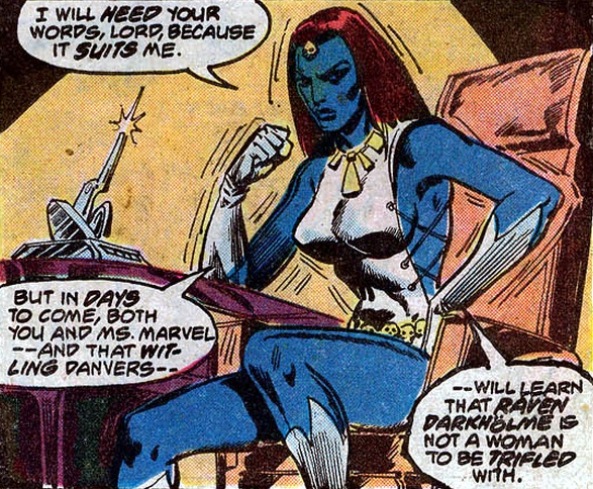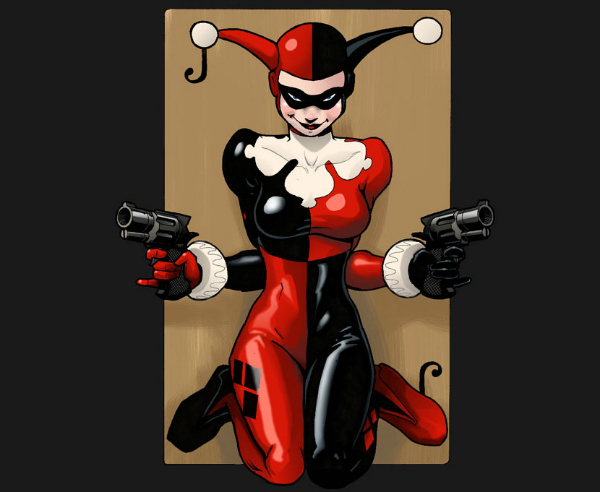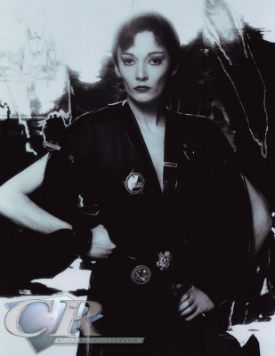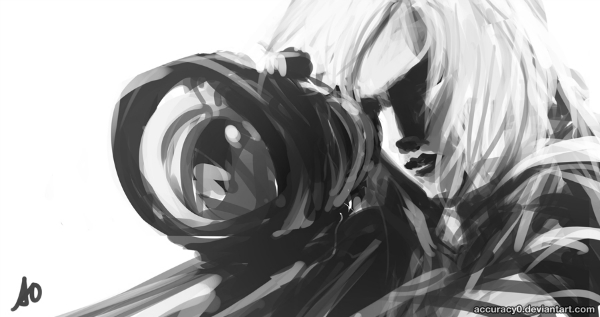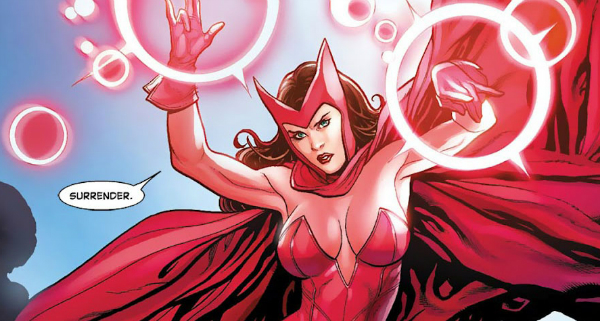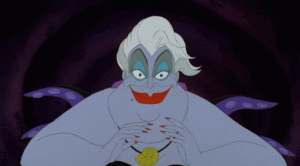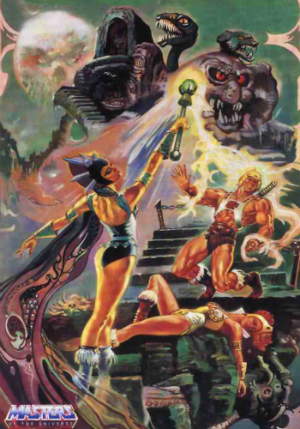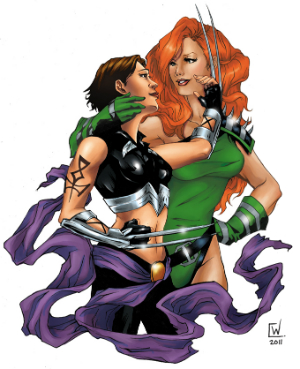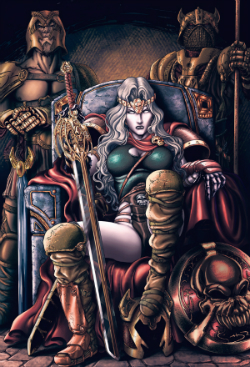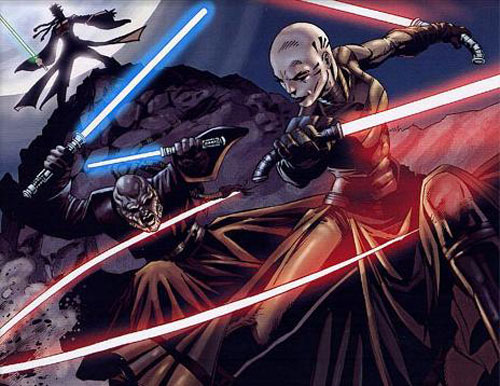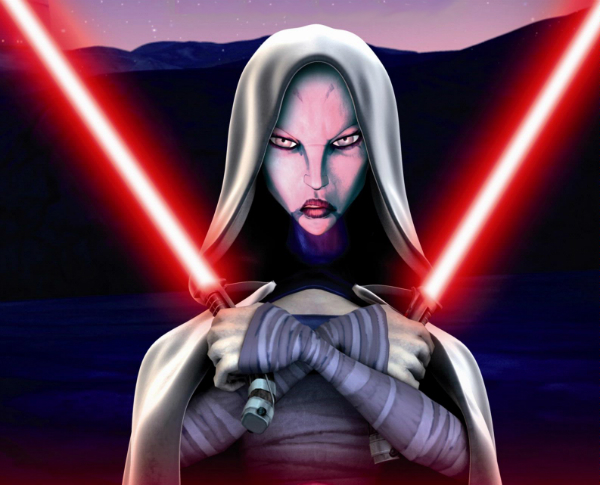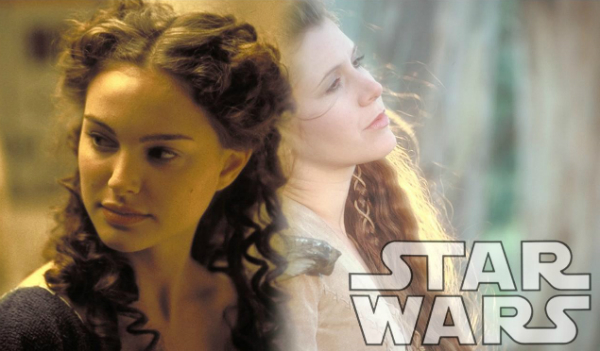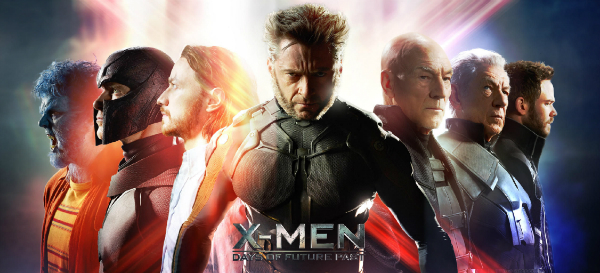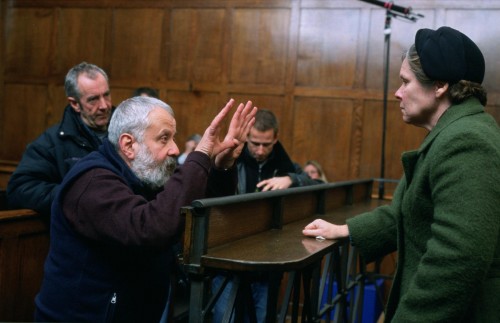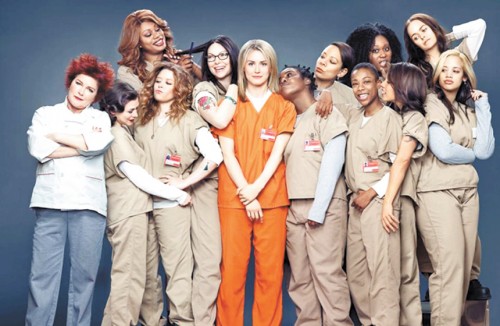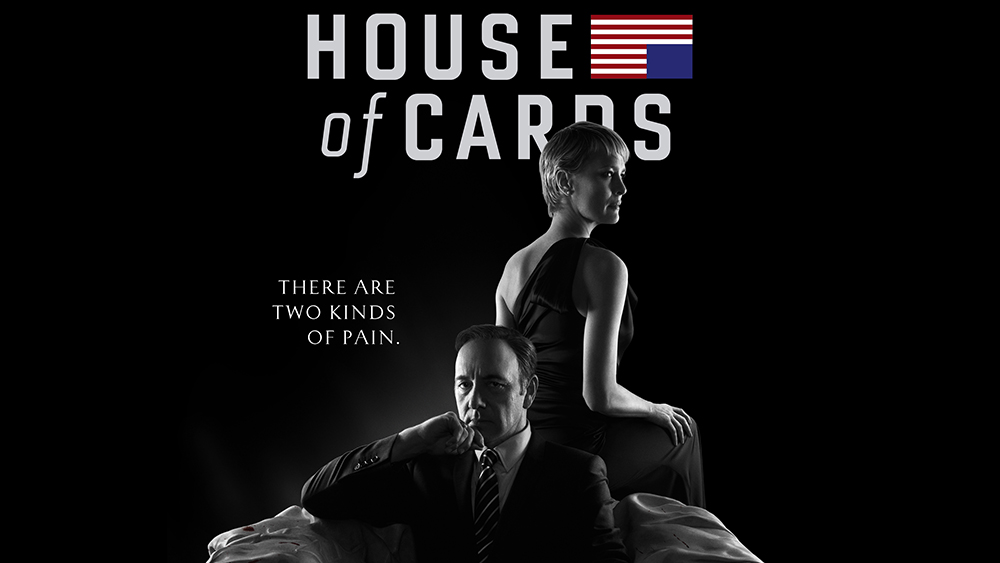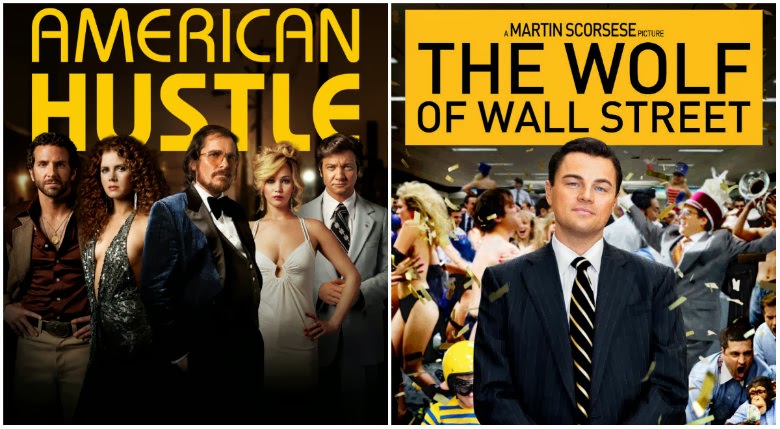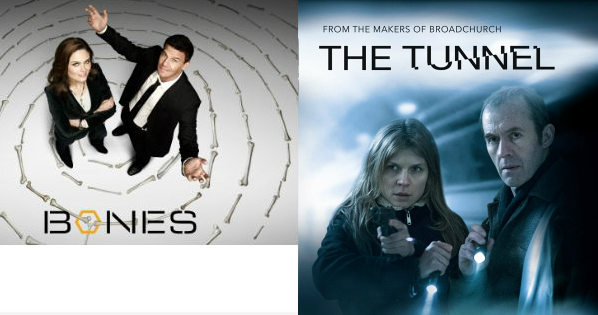Written by Max Thornton.
Syfy, the erstwhile Sci-Fi Channel, is not renowned for the high quality of its original programming – Sharknado 2, anyone? Still less did I expect to be especially interested in a show with a tie-in MMORPG. (I talk a big talk about interactivity and fan culture, but I’m fundamentally too lazy to participate much myself.) But the involvement of Rockne O’Bannon, creator of my beloved Farscape, was sufficient motivator for me to at least give Defiance a chance, and I’m glad I did. In our post- and sub-Battlestar Galactica televisual landscape, pure science fiction shows tend to the dreary and the grim, leaving things like “fun” and “watchability” to fantasy, whether it’s the high fantasy of Game of Thrones or the campy fantasy-horror of Sleepy Hollow and Supernatural.
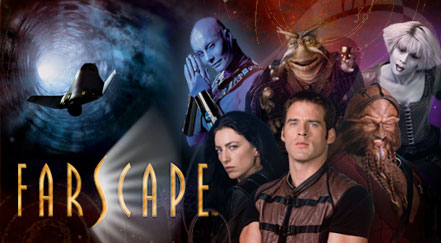
God knows I try. I gave The Tomorrow People a fair chance, I gave Helix a fair chance (incredibly, it’s been renewed), I’m giving Extant a fair chance. I want good SF on my TV, preferably something with spaceships and aliens, to fill the void left by assorted Star Treks and Firefly and Farscape, but in all honesty Orphan Black is the only really quality sci-fi show on television at the moment.
Enter Defiance. Now, Defiance is not BSG, but it is good solid alien-full science fiction television, it’s reliably entertaining each week, and it definitely has better feminist cred than many of the other shows I have already mentioned.
A few decades after the arrival of extra-terrestrial life, Earth hosts an uneasy peace between humans and the various alien species. The former St. Louis is now the titular polis, where a number of different species, languages, and cultures coexist under the mayoral leadership of Julie Benz, whose improbably-named sister Kenya runs a brothel. Perhaps the central characters of the show, insofar as a show whose setting is its true protagonist can be said to have central characters, are the young alien Irisa and her adoptive human father.
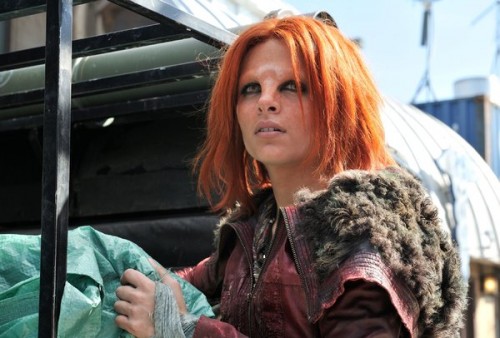
Irisa is one of my favorite things about the show. She appears to be some sort of Chosen One, and it’s amazing how much better the hoary old Chosen One trope becomes when its beneficiary is not a white man. She’s part of a chosen, interspecies family, and while she and her father love each other dearly, they sometimes struggle to understand one another. Irisa’s efforts to understand herself and her place in the world are somewhat analogous to the issues faced by transracial adoptees, who may have rather complicated relationships with their ethnicity.
Indeed, Defiance offers a number of sci-fi analogues to real-world issues (and, God help me, this is something I adore in my speculative fiction). One subplot follows an interspecies couple as the human wife faces difficulties in comprehending her husband’s alien culture, with its powerful honor/shame culture and its communal bathing habits. Another subplot explores workers’ rights and collective action as both human and alien laborers work in dangerous conditions in the mines. All of the aliens are immigrants, trying to negotiate the place of their culture and customs within those of the humans among whom they live, and there are resonances of (post)colonialism and the fight for independence in the masterplot of Defiance’s struggle for self-governance.
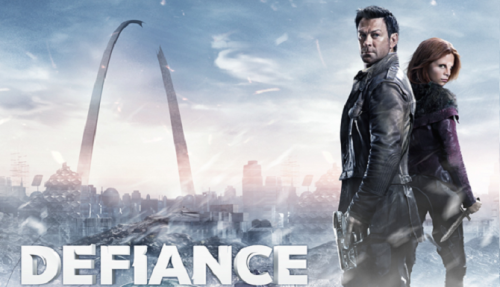
There’s an instructive comparison to be made with new show Dominion, which airs immediately after Defiance and of which I could only stomach two episodes. Its Chosen One is a deeply boring white dude, and its one significant female character is defined entirely by her father (the city’s leader), her love for the Chosen One, and the arranged marriage her father wants to push her into. There’s a waifish cancerous-looking child that the Chosen One has taken under his wing because he’s just such a good guy, and the Chosen One has a lot of manpain about putting his boring girlfriend and his blonde lisping surrogate daughter at risk by being the Chosen One. It’s all offensively tedious.
Perhaps neither Dominion nor Defiance is doing anything we haven’t seen before, but Defiance is at least doing it with good politics, interesting characters, and a fair amount of style.
Take, for example, a powerful exchange in the most recent episode between the current and former mayors. The new and heretofore unlikable mayor, quite shaken by a minor assault, talks about his teen experience of being violently raped. The ex-mayor opens up about her own rape and subsequent abortion, and the following exchange ensues:
“Why are you telling me this?”
“I didn’t want you to think you were alone, because you’re not.”
“That’s the kindest thing… thank you.”
Rape As Backstory is a trope that surely needs a few centuries of retirement, but I have rarely seen a male and a female survivor bond in a scene of such sensitivity. Let’s hope the show continues to handle it well.
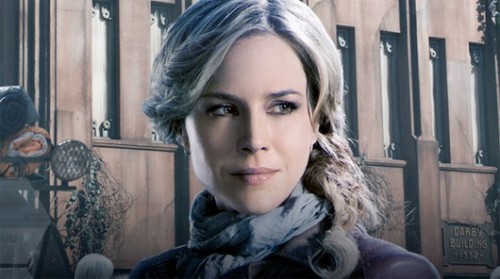
Defiance is no replacement for Farscape, but it’s about as close as we’re currently getting.
_____________________________
Max Thornton blogs at Gay Christian Geek, tumbles as trans substantial, and is slowly learning to twitter at @RainicornMax.



